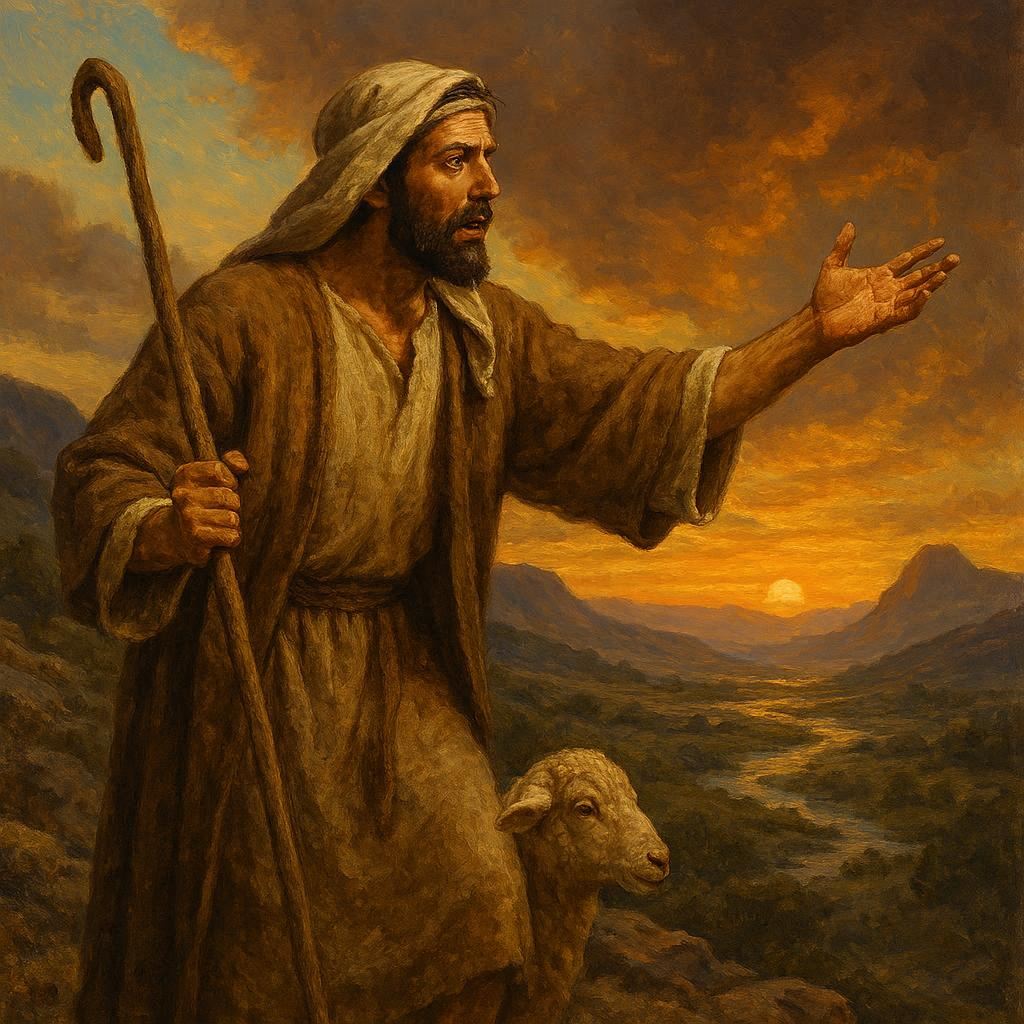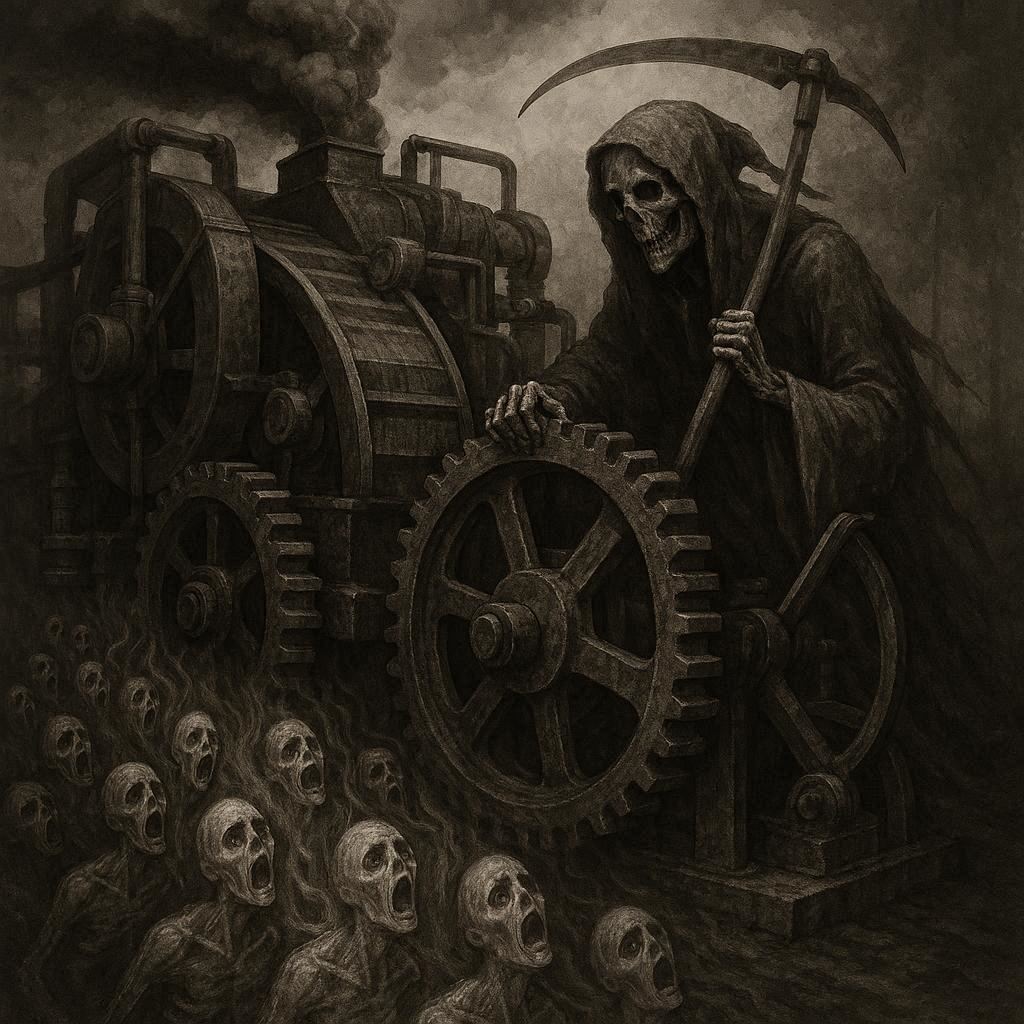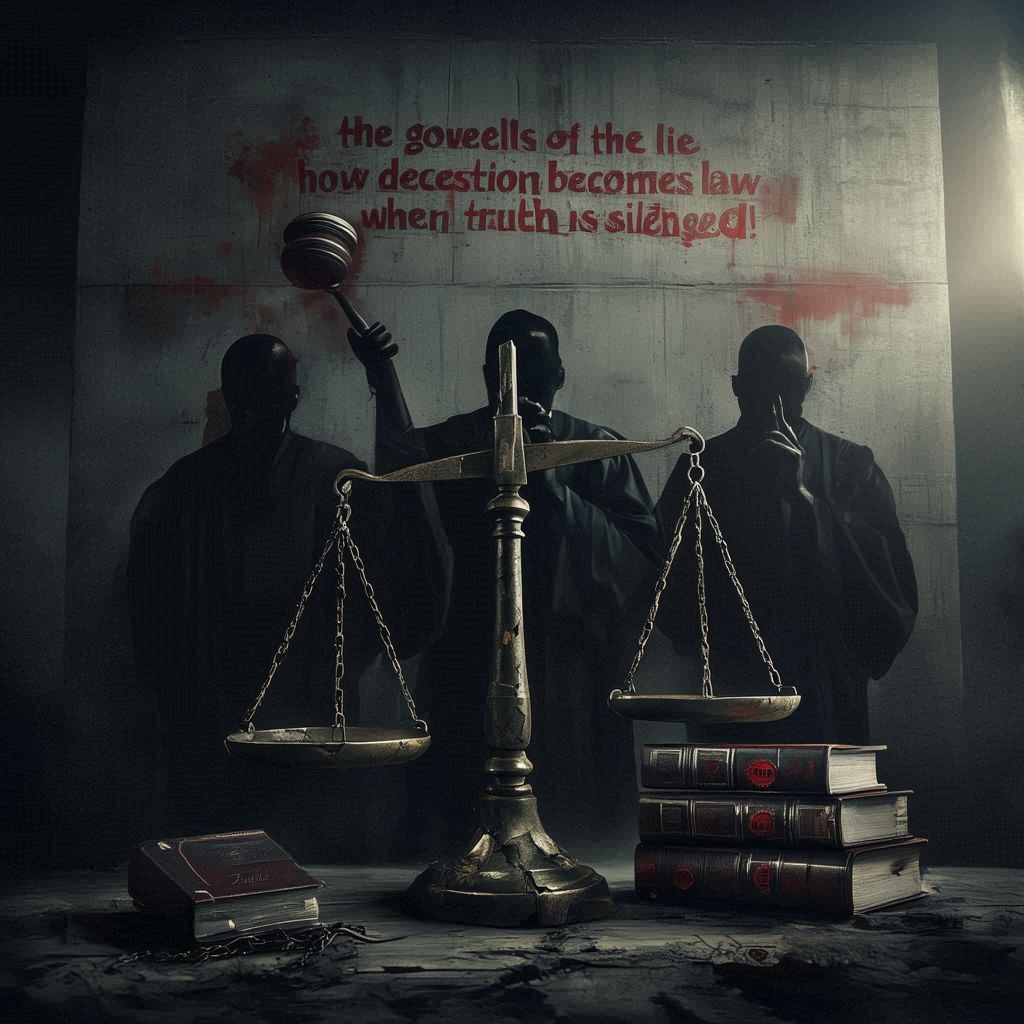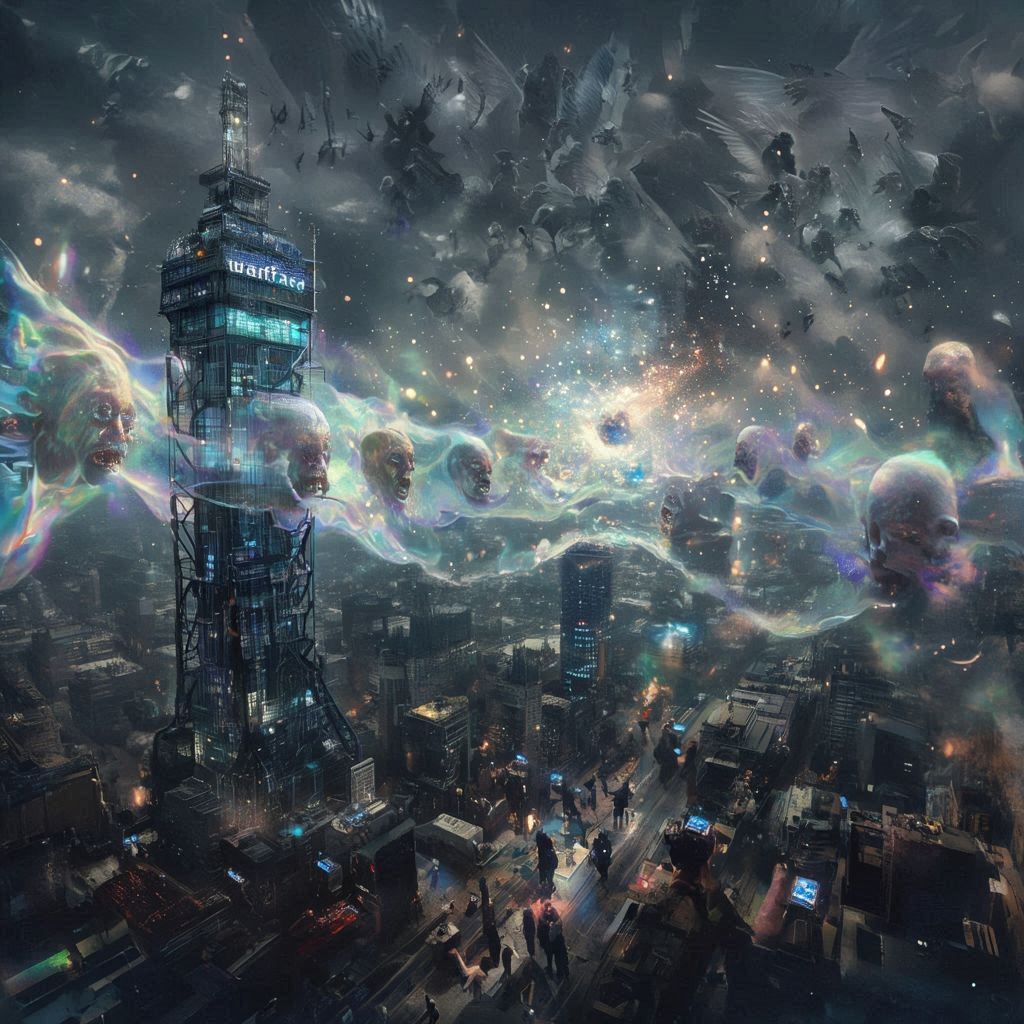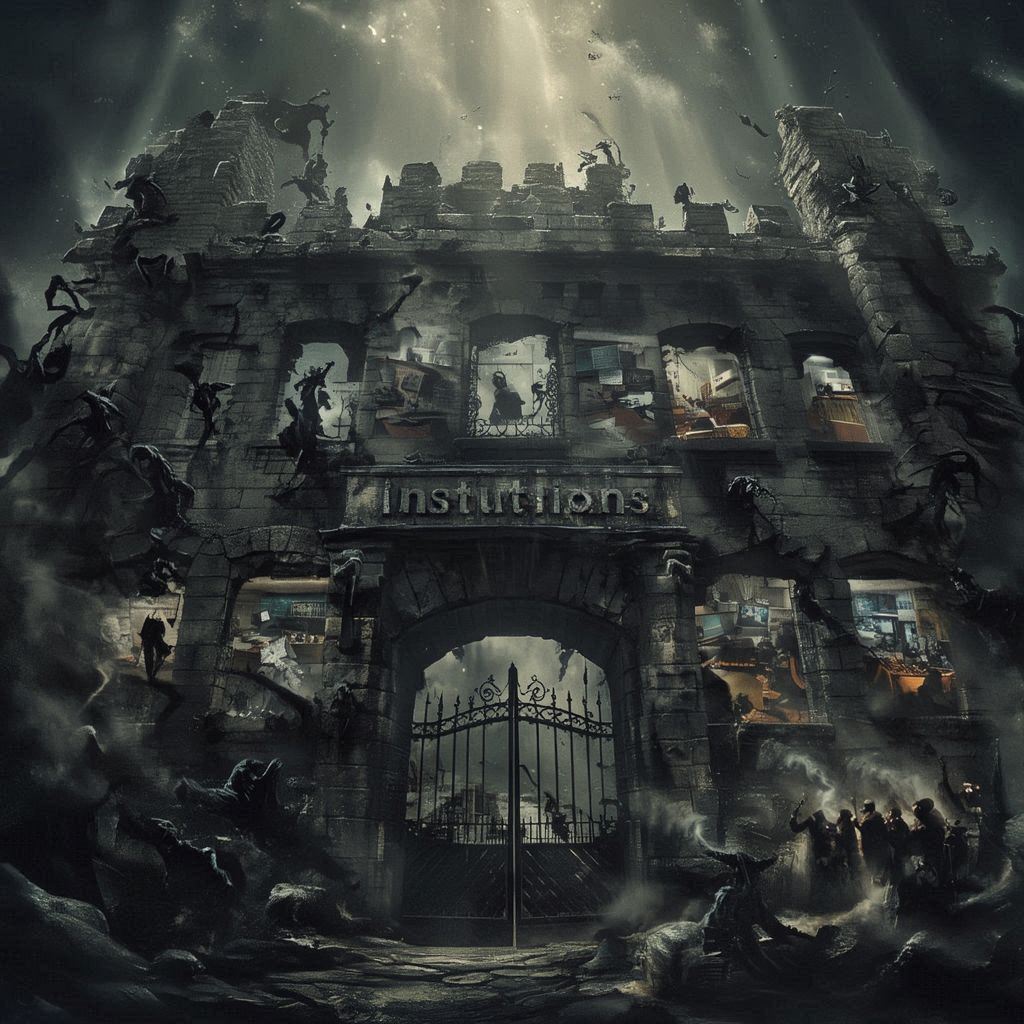“Welcome. This is a place of renewal, where the lost are found and the weary are strengthened.” This assembly isn’t for perfect saints—it’s for real people saved by grace. You fit right in. Even if your heart feels distant, God’s arms are near. We’re glad you came.
Hi everyone who is visiting! This is the > #1st, installment of a new series “The Poison Ages,” that aims to enlighten God’s children with the knowledge, that evil entities that exist outside of the mortal world are concealed in the talking heads of men, have amassed in our society’s institutions of government, education, medicine, finance, science, and religion.
Laid on a world that was diametrically opposed to everything our Heavenly Father desired. The trumpets are blowing, and the stiff-necked must want to hear the real truth before the end-time separation of the Wheat and Tares, a parable of Jesus (Matthew 13:24-43).
When it will be too late to repent for the living and dead during transformation, when your true heart confesses your guilt while everyone is bowing before His White Throne Judgement!
When Healing Lost Its Moral Anchor/(Rev 18:23):
Healing, according to Scripture, was never meant to be purely mechanical. In the Bible, restoration of the body was inseparable from humility, repentance, and reverence for God. Over time, however, healing became detached from spiritual accountability and redefined as a technical process controlled by institutions rather than wisdom.
Scripture issues a sobering warning: “My people are destroyed for lack of knowledge.” (Hosea 4:6, KJV). This destruction does not come only through ignorance, but through re-education—when people are trained to trust systems more than discernment.
Symbols That Should Trouble the Conscience:
Modern medicine universally adopted symbols derived not from Scripture, but from ancient pagan mythology—most notably serpents entwined around a staff. The serpent, from Genesis forward, represents deception, counterfeit wisdom, and rebellion against God. To those seemingly awake, this should be a “Red Flag!”
Christ Himself distinguished true healing from corrupted symbols: “Be ye therefore wise as serpents, and harmless as doves. (Matthew 10:16). Wisdom does not mean imitation. The serpent was never meant to be enthroned as a healer.
The normalization of these symbols reflects not an accident, but cultural desensitization—where meaning is stripped from imagery until contradiction feels normal.
The Rise of Industrial Medicine:
In the early 20th century, medicine underwent a dramatic transformation. Holistic, plant-based, and preventative approaches were replaced with industrialized, patent-driven treatments. Petroleum-derived compounds became foundational in pharmaceuticals, cosmetics, and household products.
Organizations such as the Rockefeller Foundation played a documented role in reshaping medical education through funding and standardization. This influence emphasized laboratory-based medicine and marginalized natural approaches away from us. This shift was not framed as evil—but efficiency. Yet Scripture warns that profit without wisdom leads to harm.
Education as the Control Mechanism:
Once medicine changed, education followed. Medical schools taught compliance to protocol rather than discernment. Patients were trained to trust prescriptions over prevention, chemicals over creation, and authority over inquiry.
And readers, this does not say to stop yet, but rather to reconsider their efforts given to you and to forgive (Drs, Nurses, Staff), those who have been taught wrong against you. They have been led in deceptive science from healing to treatment known in the Bible as sorcery, witchcraft, or the deceptive use of drugs for magical or harmful purposes.
Scripture foresaw this kind of deception: “For the time will come when they will not endure sound doctrine.” (2 Timothy 4:3). The pattern is always the same—truth becomes inconvenient, and systems rise to replace it. We were all dumbed down to addiction, dependence, and modern day sorcery, with the medical logo imprinting an awakened sleep hypnosis from their magic.
Pharmakeia and Spiritual Warning:
The Bible uses the word pharmakeia to describe sorcery, deception, and manipulation through substances. This is not a blanket condemnation of medicine—but a warning about misuse, dependency, and spiritual blindness. Healing divorced from humility becomes domination. Treatment without accountability becomes exploitation.
The Unseen Realm and Human Systems:
Scripture makes clear that malevolent beings exist beyond the physical realm and influence earthly systems. They do not need to possess individuals to corrupt outcomes; they influence structures, incentives, and values. “For we wrestle not against flesh and blood.” (Ephesians 6:12).
The system that suppresses the truth, not just the doctors, is the source of concern because it silences critical thinking and normalizes harm. That’s why “forgiveness” is essential! They may appear intelligent in their treatment of you, but the Bible refers to them as sorcerers mixing a witches brew of drugs, poisons, spells, or enchantments. A lot seems too work. And we, “God’s children,” are treated like lab rats rather than cured!
In (Proverbs 14:12); and again in (Proverbs 16:25). There is a way which seemeth right unto a man, but the end thereof are the ways of death,” warning that relying on human wisdom or feelings alone can lead to destruction, as only God’s path truly leads to life. He has warned those that listen, of Satan’s extreme power!
Jesus warns in (Matthew 24:24); that false Christs and prophets will perform great signs and wonders to deceive, “if it were possible, they shall deceive the very elect,” of a people in our society, rather it be in government, ministry, or medical. Various parts of authorities!
Back to the truth of ‘Nature, grandparents went to tree leaves, and weeds rather than pharmacies. Satan’s demons walking among us has helped us lose our way. But remember the importance of “Forgiveness!”
There was a way they thought was right. And it led to profit over healing, and greed before need. A spiritual dimension, inhabited by dark entities and acting as a source of dark miseducation, to the greatest extent possible. Some think, their God themselves.
And please, believe that not all that’s in the medical is bad, or it’s professionals. I truly believe if we stayed the Bible way that most of our ills would have been healed and our medical staff would be more serving then treating. ‘Just my biblical opinion, and that stems from the daily sustenance my soul receives from its pages and the “Holy Spirits!” inspiration! “Try learning not to take it if nature didn’t make it!“
Returning to Discernment:
‘Friends, this essay is not a rejection of medical care—it is a call to biblical discernment. God created the body with intelligence, resilience, and capacity for healing.
Ignoring this fact causes systems to unavoidably move away from nature’s trees, weeds, and healing processes and toward synthetic compounds, and control. Believers are commanded to test, question, and remain sober-minded—not fearful, but awake!
Author’s Note:
This essay was written to expose systems, not condemn individuals. Scripture teaches that deception operates through structures long before it manifests in outcomes. Medicine, like any institution, is vulnerable when it detaches from moral accountability and reverence for God.
‘Friends, I intentionally avoided sensationalism because truth does not need exaggeration to stand. History already shows how profit, efficiency, and authority can override wisdom when left unchecked. The presence of pagan symbolism, industrial dependence, and educational suppression should provoke reflection—not panic.
‘Readers, remember they have been deceived to become deceivers without conscious minds from demonic magic, they are like we were, “awake and asleep!” This work is a call to responsible awareness. Question what you consume. In addition to percentages of overdoses, the public is not informed about the negative consequences of the different compounded medications.
Examine what you are taught. Test what you are told to trust without explanation. God does not forbid healing—He forbids deception. Above all, remember this; darkness thrives where discernment sleeps.
The answer is not fear of medicine, but restoration of wisdom. Healing should serve life, not enslave it. Our Bible tells us to prove it ourselves rather than simply listening to others and hoping for your dim light to shine bright! (1 Thessalonians 5:21).
Stay Prayed-Up And “God Blessed.” Amen!
Author and Servant:
Norman G. Roy III
Pharmakeia: Sorcery in Modern Medicine / Exposing Babylon’s Deception:


